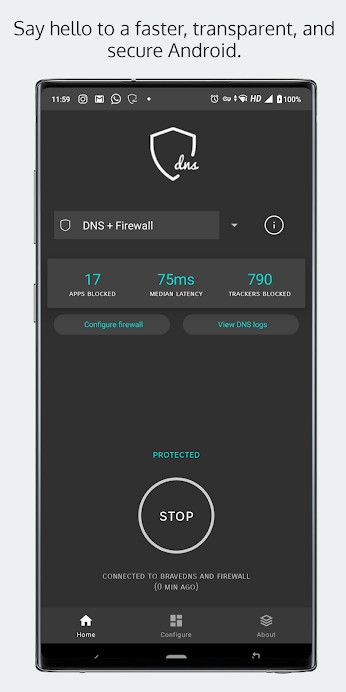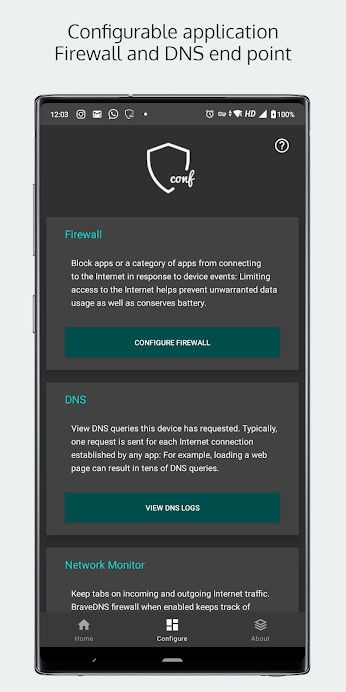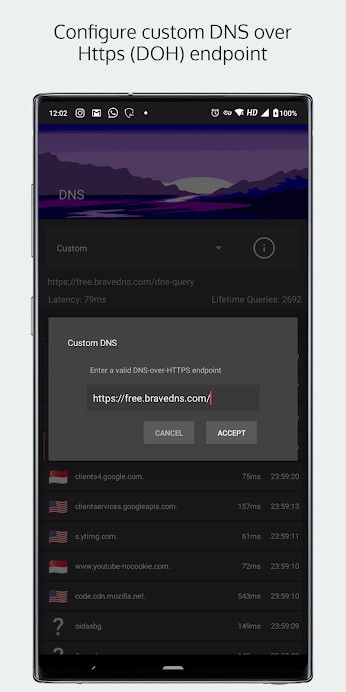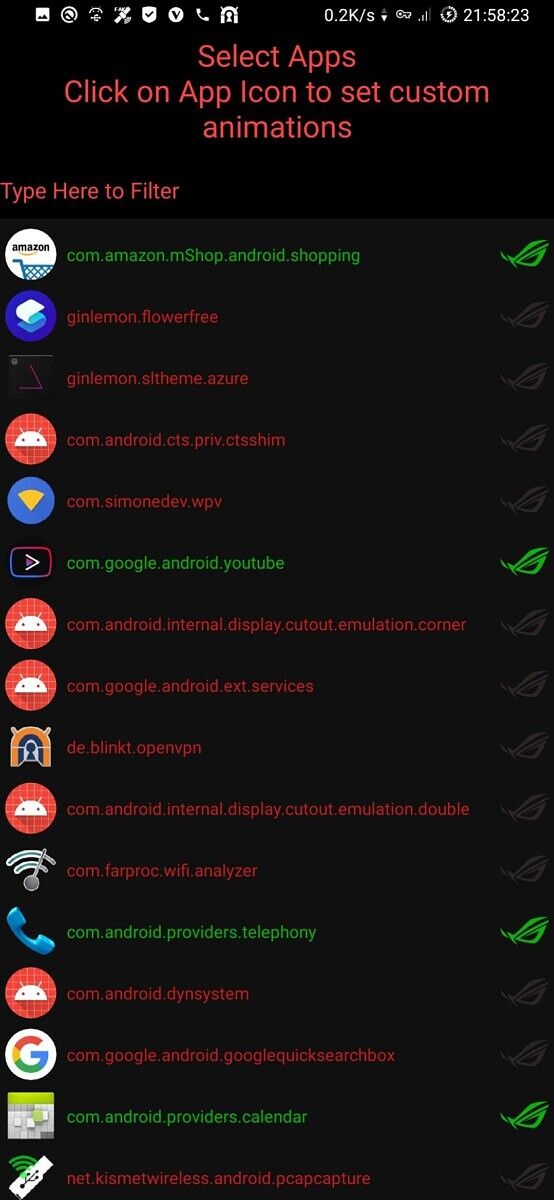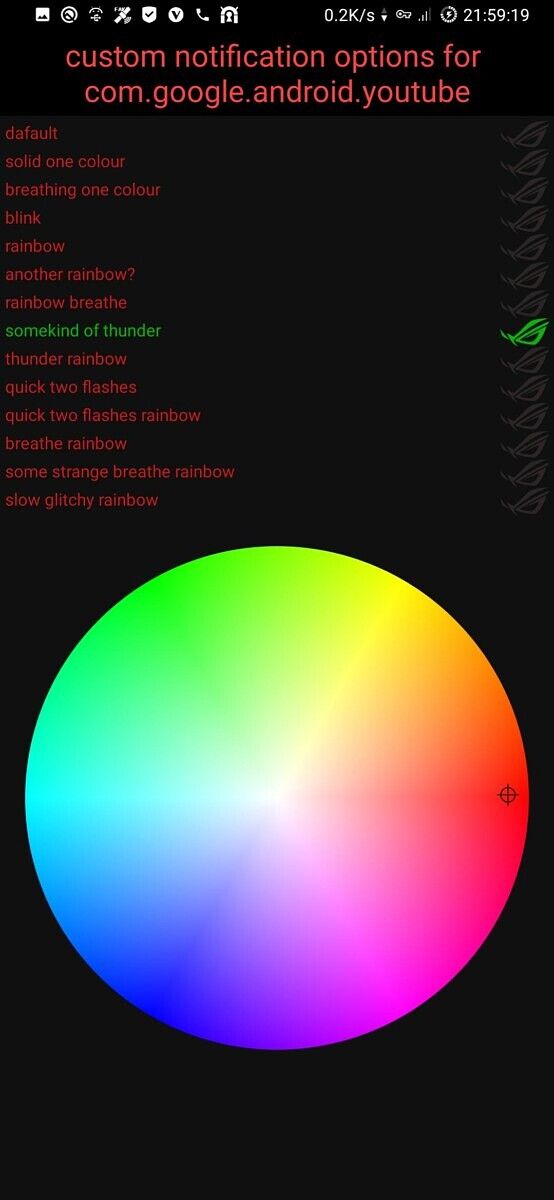It won’t be long after Google rolls out the stable Android 11 release for Pixel phones that OnePlus rolls out the final version of OxygenOS 11 for its devices. Earlier this month, the company unveiled the latest version of its Android-based software and rolled out a beta for the OnePlus 8 series. Alongside a new beta release today, OnePlus took to its forums to explain how they came up with the new design language for OxygenOS 11.
In the post, OxygenOS Product Lead Gary C. explained how OnePlus analyzed data to design a system that’s more comfortable for one-handed use. The company says they conducted A/B testing and found that 65% of users prefer slightly smaller headlines while 80% of users prefer titles with subtitles rather than without. In accordance with these metrics, OnePlus designed a new “headline-body hierarchy that streamlines information delivery in OxygenOS 11.” Furthermore, the company looked at anthropometric data to determine the general regions of the screen where people can easily reach or struggle to reach, as shown below.

As a result, OxygenOS 11 moves touch controls closer to your thumbs for easier access. When you open a menu, settings will now be pushed to the lower half of the display. “We also wanted to add even more features to make one-handed use quicker and easier,” OnePlus said in a forum post. “So, for example, we added a new Quick Share button in the Camera app. Now you can long press the thumbnail of the last photo you took to quickly share the photo with just one motion.” The company also redesigned its Weather app based on these principles, with the new UI currently rolling out in beta.

The changes to OxygenOS 11 come in response to the current mobile landscape, which is flooded with devices that feature tall screens. While big displays are great for content consumption, they do present usability issues with people who have smaller hands.
Samsung made similar design changes in its One UI software, which made the company’s taller phones much easier to use by placing key interaction areas near the bottom of the screen. Even if OxygenOS 11 does take inspiration from Samsung, it’s still nice to see that better one-handed use is becoming more of a priority.
The post OnePlus explains how they optimized OxygenOS 11 for better one-handed use appeared first on xda-developers.
from xda-developers https://ift.tt/3beGSbR
via IFTTT






 Upload+ (2 x 20 MHz carrier aggregation, up to 64-QAM)
Upload+ (2 x 20 MHz carrier aggregation, up to 64-QAM)










